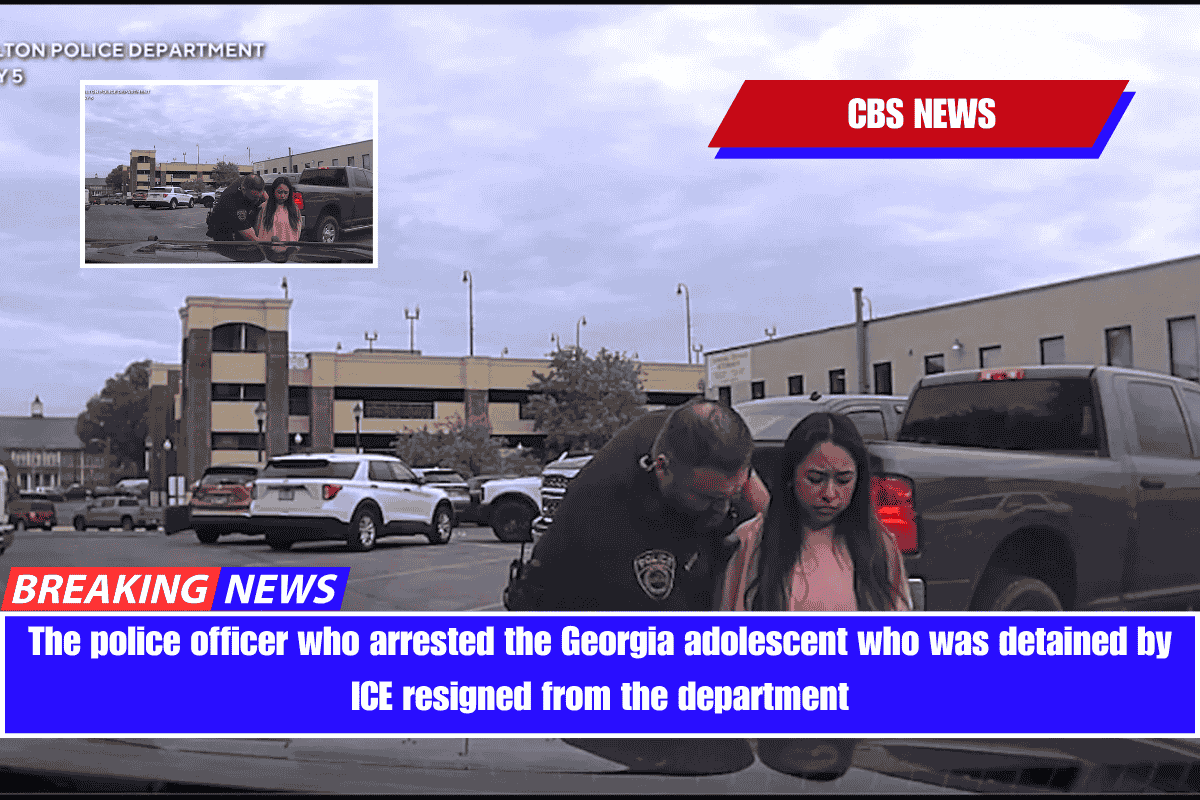Washington — The Supreme Court agreed on Tuesday to stay a lower court order requiring six federal agencies to rehire more than 16,000 probationary workers who had been fired.
The Supreme Court granted the Trump administration’s request for emergency relief, allowing it to continue its efforts to drastically reduce the size of the federal government while legal proceedings are ongoing.
In an unsigned order, the Supreme Court stated that the injunction issued by the district court in mid-March was “based solely on the allegations of the nine non-profit-organization plaintiffs in this case.” However, under established law, those allegations are currently insufficient to support the organizations’ legal right to sue, known as standing.
Its stay will remain in effect while the litigation proceeds. Justices Sonia Sotomayor and Ketanji Brown Jackson indicated that they would have denied the Justice Department’s request for relief.
Probationary workers, who were typically still on one or two-year trial periods, were among the first to be fired as part of President Trump’s government-cutting initiative. Many have been in limbo since mid-February, when they were fired only to have their jobs restored weeks later due to court orders.
The labor unions and nonprofit groups that filed the lawsuit challenging the firings have vowed to continue fighting for probationary workers.
“There is no doubt that thousands of public service employees were unlawfully fired in an effort to cripple federal agencies and their crucial programs that serve millions of Americans every day,” according to a statement from the coalition.
“Today’s order by the U.S. Supreme Court is deeply disappointing but is only a momentary pause in our efforts to enforce the trial court’s orders and hold the federal government accountable.”
The dispute before the Supreme Court arose after thousands of probationary workers received termination notices. The letters, many of which used similar language, blamed the firings on individual performance, despite the fact that federal employees claimed in court filings to have received positive performance reviews.
In response to the firings, a coalition of labor unions and non-profit organizations filed a federal district court lawsuit in California. According to the lawsuit, the Office of Personnel Management directed the mass termination of probationary workers while acting outside of its authority.
In late February, U.S. District Judge William Alsup issued a temporary restraining order, declaring earlier OPM guidance to federal agencies regarding the firing of probationary workers “illegal” and invalid. The judge also determined that the mass firings were likely illegal.
Following that decision, OPM acting director Charles Ezell issued revised guidance stating that it is “not directing agencies to take any specific performance-based actions regarding probationary employees.”
Following a hearing last month, the judge ordered six agencies—the Departments of Agriculture, Defense, Energy, Interior, Treasury, and Veterans Affairs—to immediately offer reinstatement to all probationary workers who had been fired the month before.
Human resources officials from the half-dozen agencies informed the court that they had rehired the fired employees and placed them on administrative leave before returning them to full-time employment.
The Justice Department requested that a federal appeals court halt that decision while it appealed, but the US Court of Appeals for the Ninth Circuit declined.
In an emergency appeal to the Supreme Court, acting Solicitor General Sarah Harris argued that the district judge lacked the authority to reinstate thousands of probationary workers and denied that OPM had ordered the firings in the first place.
“An order directing reinstatement of thousands of employees across six agencies is intolerable,” she submitted to the court.
“The injunction appears to prevent the agencies from terminating the employees based on an exercise of the agencies’ independent judgment — and would even seem to prevent the employees’ termination based on newly arising grounds like new instances of poor performance or misconduct without, at a minimum, obtaining permission from the district court.”
The acting solicitor general, who represents the government before the Supreme Court, told the justices that Alsup’s order is a “profound invasion” of the executive branch’s authority to manage its internal affairs.
She also cautioned that the reinstatements have created logistical challenges that require significant resources, and that the obligation to pay the fired probationary employees “inflicts massive financial costs” that cannot be recovered.
“Each day the preliminary injunction remains in effect subjects the Executive Branch to judicial micromanagement of its day-to-day operations,” Harris wrote in an email.
However, the unions and organizations challenging the firings claim that the harms claimed by the government are self-inflicted.
“While the government complains that the reinstatement of more than 16,000 employees at the six covered agencies is a ‘enormous’ task that would interfere with agency functioning (without presenting evidence supporting that assertion), the scale of the task is simply a reflection of the scale of the Government’s own unlawful action and its ‘move fast and break things’ ethos,” attorneys for the challengers wrote in a court filing.
They criticized OPM’s directives as “hasty and sloppy,” and stated that the government can still fire employees as long as it follows the law.
“The district court’s reinstatement merely orders the government to return to the situation that existed before it embarked on illegal mass terminations of probationary employees,” the legal team for the unions and nonprofits wrote.
“If there are ‘practical burdens’ associated with the return to the status quo, they are of the government’s own making.”
The case filed by the unions and groups is one of two challenging the mass firings of probationary workers.
A group of 19 states filed a lawsuit in federal district court in Maryland, claiming the terminations were illegal, and in March, a judge ordered that affected probationary workers at more than a dozen agencies be reinstated.
In early April, the judge issued a preliminary injunction that applies to probationary workers at 20 agencies who live or work in the states named in the lawsuit.


















Leave a Reply